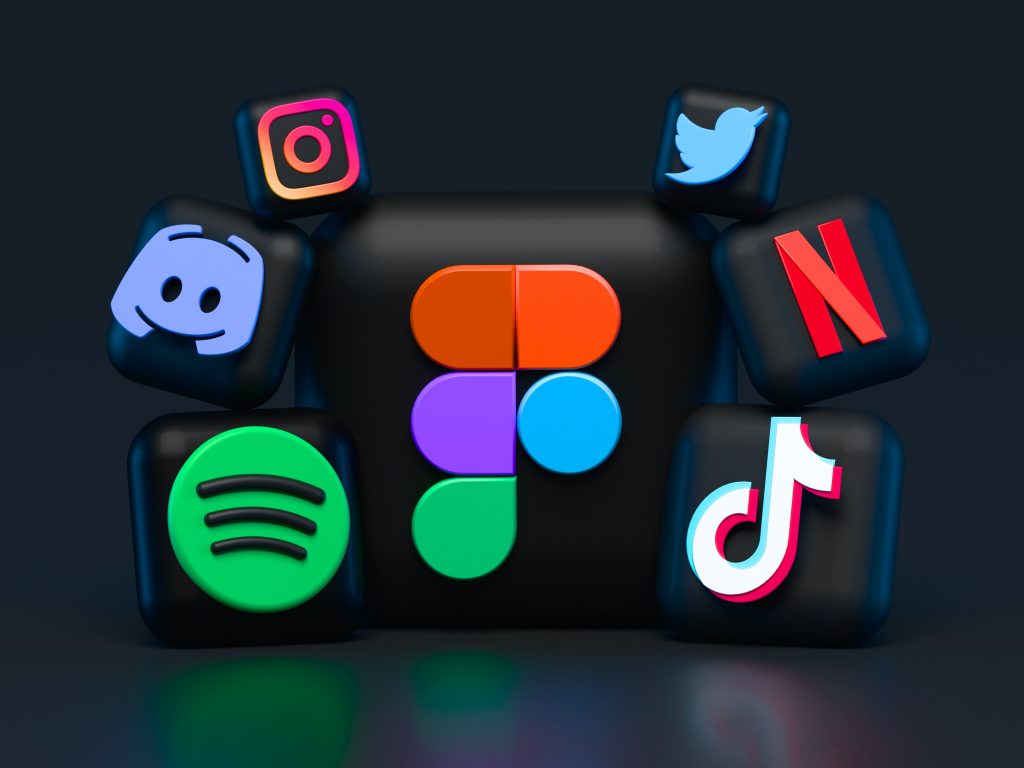1.0, 2.0 and 3.0
We’ve evolved from Web 0, to Web 1.0, to Web 2.0 and now Web 3.0.
Web 1.0 started around 1991 and went on to 2004, most sites were static, and most users were just consumers, not content creators. Web 2.0 arrived around 2004, centred on user creators of content that lives in forums, social media, networking services, blogs and wikis, among others. And now we are slowly shifting into the next generation, the 3.0.
Present situation
The third generation of the evolution of web technologies. The web, also known as the World Wide Web, is about decentralized ownership and control and putting the web in the hands of its users and the community. It will host a different kind of internet to the one we know. It’s a new paradigm, a new networking future and a digital world revolution. Web 3.0 guarantees ownership of user-created content and greater privacy and incorporates concepts such as decentralization, blockchain technologies and token-based economics.
What young generations want

Web3 may generate a shift of generations. Its emergence is fueled by two upcoming generations, GenZers and Millenials. The lack of ownership of personal and business content urged these generations to push new boundaries. For example, as a content creator, if you wish to move your brand from Instagram to another platform, you will find that you don’t own your content, followers, or anything that makes you a business. That’s why the main appeal of Web3 is that users can control their data and content. Web3 apps don’t use sign-on mechanisms like logging in through Facebook or Google IDs. The user is a discreet entity in the community that is not tied to their offline identity.
Upcoming generations are searching for other innovations, such as new ways of membership or ownership. Many of them are related directly to a monetary reward that recognizes any participation in the community. Often a play-to-earn strategy involves crypto payments or a brand-related reward system that works as a currency. One of the most prominent trends is collecting NFTs as proof of attendance at live events.
These new memberships, ownerships, currencies and protocols are within any Web3 apps; if they aren’t, then the app is probably not within the Web3 new world.
What’s the dilemma?
Big social media platforms such as Instagram and Facebook have made their money off the hub and spoke model from the Web2 plan. They monopolize the market; they call all the shots, dictate who plays, the game rules, and own the content their users create daily. De- platforming and censorship is growing, and the debate over free speech has identified breaking the walls of the big platform’s standards.
Free speech isn’t just a tech issue; since platforms amplify what can be said, it’s natural that Web3 architects develop new solutions for this problem. But this can also have a reversed outcome; for example, Elon Musk’s intention of taking over Twitter was to restrict and control “toxic” figures such as Donald Trump, but now with the new Web3 protocol, this idea will no longer be possible.
Web3 is suited to new business models such as micropayments, providing an alternative monetization for users, tired of being collapsed with intrusive adverts and cookies.
Jeff Baek, CEO of Web3 PIP payment firm, states that micropayments will allow anyone from around the world to participate in a global economy. “Current payment systems are siloed, Twitch has its wall-gardened payment system, YouTube has its own—Web3 allows free flow of money just like the internet did with the information.”

The opportunity
The Metaverse market is worth $47.48B in 2022 and is set to reach $678.7 billion by 2030, according to Statista. So, will the new Web 3.0.
Now, Web 3 will help most people’s computing experience. For example, it will make browsing easier and faster for users. New techniques will help people look up information more accessible, and the browser will understand the user better and help them with what they are looking for. We thought it was hard for machines to understand us, but maybe it was the other way around.
Also, the popularity of play-to-earn games keeps growing, and games such as Axie Infinity have shown the way for web3 gaming platforms.
The evolution of the internet and its adoption by consumers and marketers is inevitable.
The Metaverse market is worth $47.48B in 2022 and is set to reach $678.7 billion by 2030.
Statista
How to be successful inside the Web3
There is still a lot to be done inside the Web3 installation, but businesses and brands can lead society into the new era by following the next steps.
- Participate in the Web3 space. Set up your crypto wallet. Buy some cryptocurrency. Build your community and start learning how to live inside it.
- Lead your audience into the Web3. Convince and help your audience enter the new space by giving your audience tokens to exchange
- Partner with loyal Web3-based communities. Web3 is a collaborative space; many projects are open to partnership, collaboration and cross-promotion for both communities. For example, Adidas entered the Web3 space by partnering with the famous Bored Ape NFT and released the brand into the Metaverse NFT collection.
- Reuse your Web2 marketing strategies to promote your Web3 projects. Promote your Web3 community on your Web2 platforms by providing actual illustrations of the benefits that your audience will experience in Web3.

